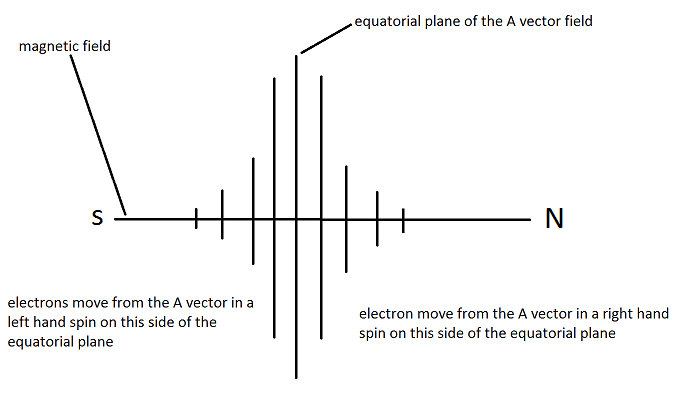Yes at first I thought it was a discharge so I tried to catch the discharge with a copper screen and copper wire but the vector field avoided both, thats when I realized the field was moving into the coil and not out.
There is a lot more experimentation that needs to be done here
Dave
There is a lot more experimentation that needs to be done here
Dave
I've had a few fracks go towards copper coils when I had the wires holding up a pizeo (so the crack went towards the opposite polarity)
Also -- you mentioned yourself -- gold in quartz:
http://www.energeticforum.com/renewa...tml#post152998
And I currently have one smith coil freezing into an aluminum screen ground. Maybe polarizing the ground to look like a better "funnell" (stronger polarity opposite).
Do you think the charge in the middle is positive? I think it might be, because it seeks to discharge into its opposite polarity -- the lesser electric pressure (or lesser charge density) being "outside" the ice. Working with the "core sample" tube is very interesting, because the dielectric seems to halt the "breaking" of the ice, so the insulating ice around the "core sample" doesn't break....

I'm just thinking out loud here -- this is a result of my observations...
Dave, this theory is mostly put out there for you -- because I think you would understand how it practically applies the most (youv'e done experimenting too
 )
)What if the ice were transfering the charge from the battery/smith -- through the dielectric by coupling the charge to the magnetic feild, and by cancelling the magnetic field releases the charge (A-vector) in the middle of the ice, creating the higher electric pressure? The high electric pressure makes the ice crystalize differently in the middle of the tube, making it freeze slower. When too high a pressure develops in the ice as it is freezing -- it mechanically forces the ice upwards through the center tube, equalizing the water pressure on the inside of the the tube. This repeats for a lower electric pressure -- until the water freezes too rapidly, when towards the dead center of the tube the same pressures are developed, except instead of the mechanical forcing it "cracks" the ice in a discharge. The cracks appear in similar numbers to the top ice layers.
I've taken the ice out of the freezer as it is freezing -- those clear tubes definitely help to observe how it freezes in LAYERS -- the bubble layers -- the dissolved gasses don't "like" to freeze -- if you were to freeze the water more slowly (at a lower temperature) you get more really clear "insulating" ice.
The bubbles are evidence of a hasty crystalization, forced by a higher (pressure) level. When that pressure equalizes itself, it freezes clear, in layers.
Maybe those layers are just the magnetic field preventing it from freezing.
You have created a funnel like for water :
So "preferential conductors".....
http://www.energeticforum.com/renewa...tml#post155882
:Thinking:
==Romo





 .....
.....



 We're waiting
We're waiting 
 .
. 






 )
)
Comment